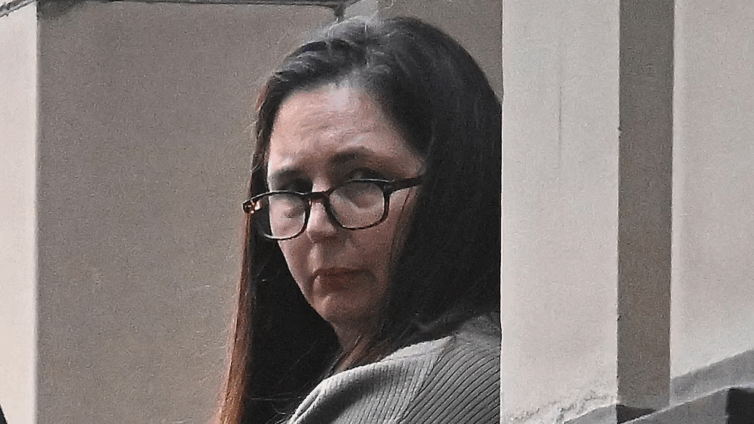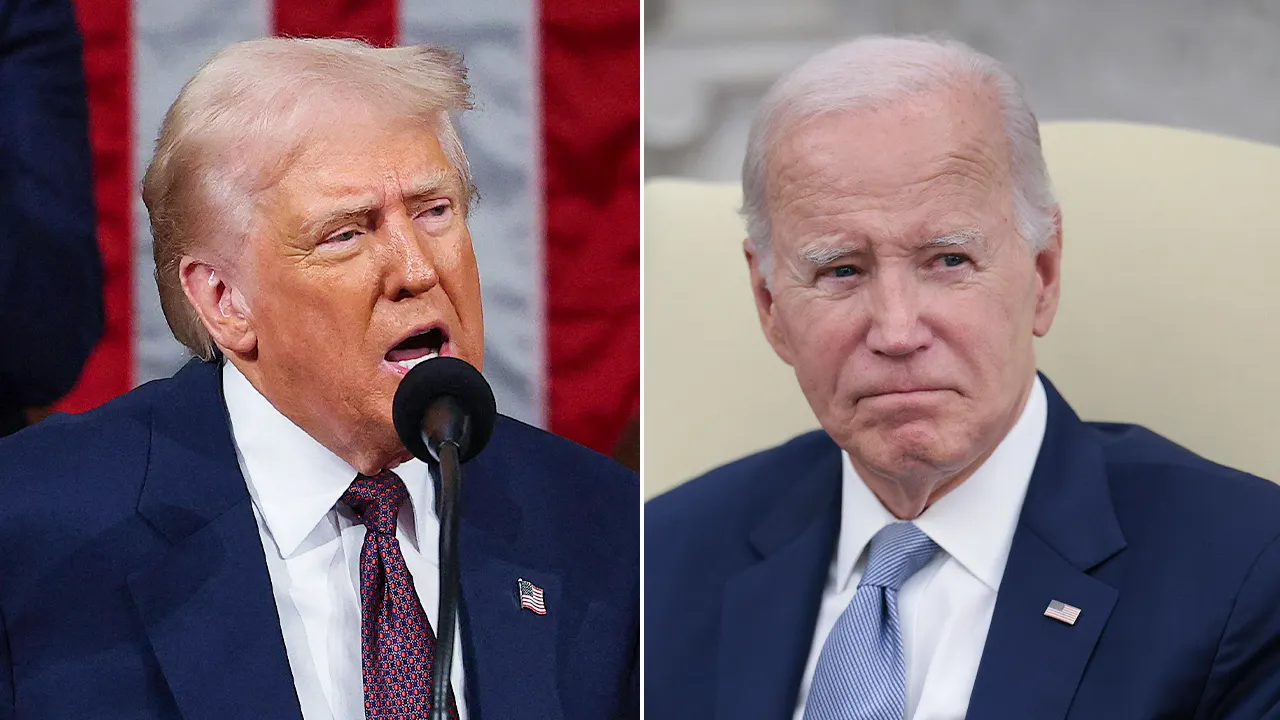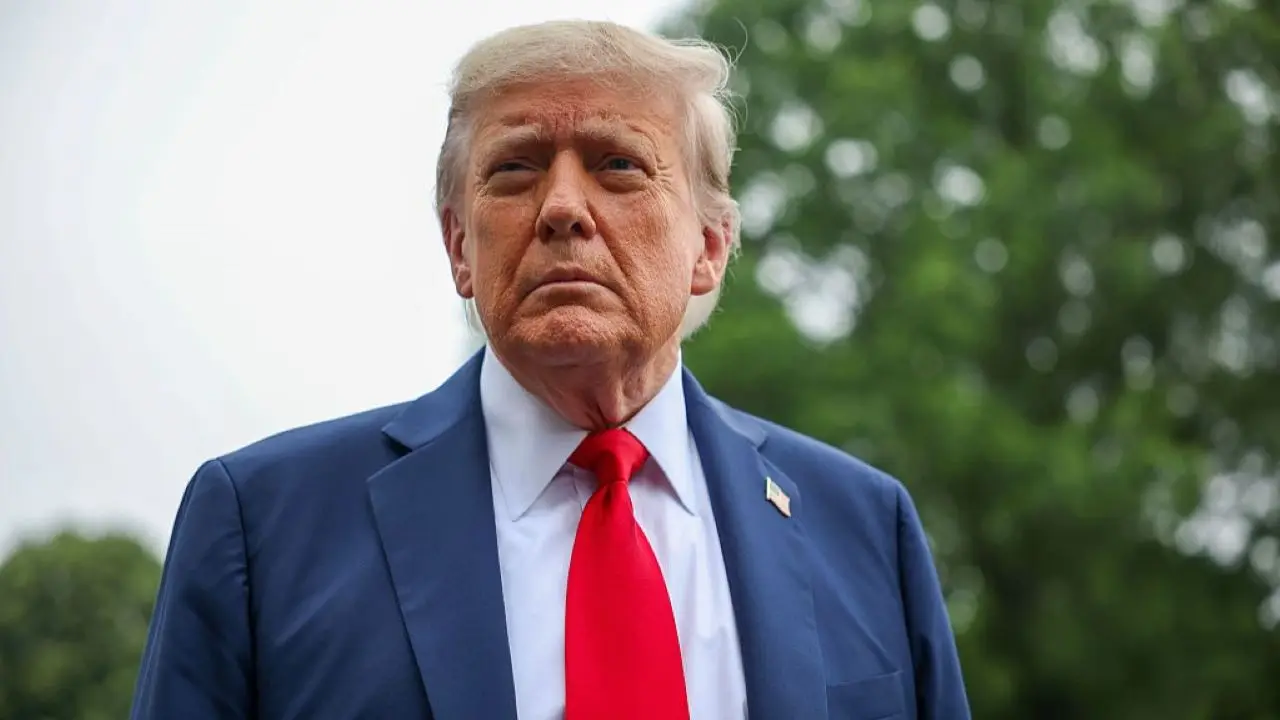Trump Tariffs: Pause On 'Liberation Day' Rates Extended Through August 1
The White House announced Monday that President Donald Trump is slated to sign an order delaying his 90-day tariff pause by another month, as the president began announcing a suite of new tariff rates on foreign goods, sending letters to countries including Japan, South Korea and Malaysia that impose tariff rates of 25% or higher.
President Donald Trump arrives for a rally at the Iowa State Fairgrounds on July 3 in Des Moines, ... More Iowa.
Getty ImagesTrump posted two nearly identical letters on his Truth Social account, which were addressed to Japanese Prime Minister Ishiba Shigeru and South Korean President Lee Jae-myung, informing them the Trump administration will start charging a 25% tariff on their imports starting Aug. 1.
Aug. 1 will be the new end date for the administration’s pause on its “Liberation Day” tariffs, with White House press secretary Karoline Leavitt saying Monday that Trump will sign an executive order pushing the deadline back.
The president then shared an additional batch of letters to other countries imposing new tariff rates, which Leavitt said will continue being sent out to foreign governments until Aug. 1.
The letters say the new tariff rates will be on top of any sector-specific tariffs the U.S. levies—such as those on steel—and that they could change in the future, saying the Trump administration will raise its tariffs if the countries impose retaliatory tariffs on U.S. goods, and the administration will conversely “perhaps consider an adjustment to this letter” if the countries instead eliminate their tariffs and trade barriers on U.S. goods.
South Korea’s 25% tariff rate is the same rate that Trump initially levied on the country’s goods during his April 2 “Liberation Day” announcement—which has been temporarily lowered to 10%—while Japan’s rate is one percent higher than the 24% tariffs Trump initially imposed on the country’s goods.
The letters are instances of Trump imposing new tariff rates on the countries without reaching a formal trade agreement, informing each government to receive a letter that their trading relationships with the U.S. have been “far from Reciprocal.”
Stocks slightly fell Monday in response to Trump sharing his letters to Japan and South Korea, with losses steepening immediately after the announcement. The Dow Jones Industrial Average, S&P 500 and Nasdaq Composite were all down about 1% as of early Monday afternoon, while stocks of Japanese automakers Toyota and Honda had bigger slides, dropping by 4%.
“These Tariffs may be modified, upward or downward, depending on our relationship with your Country,” Trump said in his letters Monday.
In addition to South Korea and Japan, Trump shared letters Monday to the governments of Myanmar (imposing a 40% tariff rate), Laos (40% tariff rate), South Africa (30% tariff rate), Kazakhstan (25% tariff rate) and Malaysia (25% tariff rate).
Trump’s decision to extend the tariff pause comes shortly before it was set to expire at 12:01 a.m. Wednesday morning. It still remains to be seen if the deadline will be pushed back again and what the final tariff rates will be whenever it does take effect, given that tariff rates are still in flux even for countries the Trump administration sends letters to.
The Trump administration has not given any specifics on which countries it will prioritize for sending letters to or reaching trade deals with before the Wednesday deadline. The European Union has expressed confidence in recent days it will reach some sort of trade agreement with the U.S. before the deadline, with EU trade spokesperson Olof Gill saying Monday, “We’re fully geared up to get an agreement in principle by Wednesday, and we’re firing on all cylinders to that effect.” Thailand has also offered concessions to the U.S. in order to avoid a 36% tariff rate, Bloomberg reported Sunday, and negotiations reportedly still remain ongoing with countries including India, Indonesia and Switzerland.
Trump’s “Liberation Day” tariffs have been a major source of controversy since the president first imposed them in early April, over concerns from economists that doing so would raise prices for U.S. consumers and harm the economy. The president imposed sweeping tariffs on nearly all countries that ranged from 10% to 50%, but paused the worst of the tariffs a week later, after the tariff announcement caused the stock market to plunge and sparked fears of a recession. Trump officials vowed to use the 90-day pause to aggressively reach trade deals with foreign countries—predicting they’d make “90 deals in 90 days”—but as of Monday morning, the U.S. had so far only reached formal agreements with the U.K., Vietnam and China. Trump’s letters to South Korea and Japan come after he has now been teasing for weeks that his administration would simply send out letters imposing new tariff rates if formal deals can’t be reached. The president previously suggested letters would start being sent last Friday, but when that date passed without any notices being announced, Trump then said Sunday evening the letters would begin rolling out Monday afternoon.







_1751880097.jpeg)





